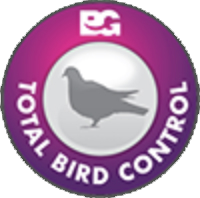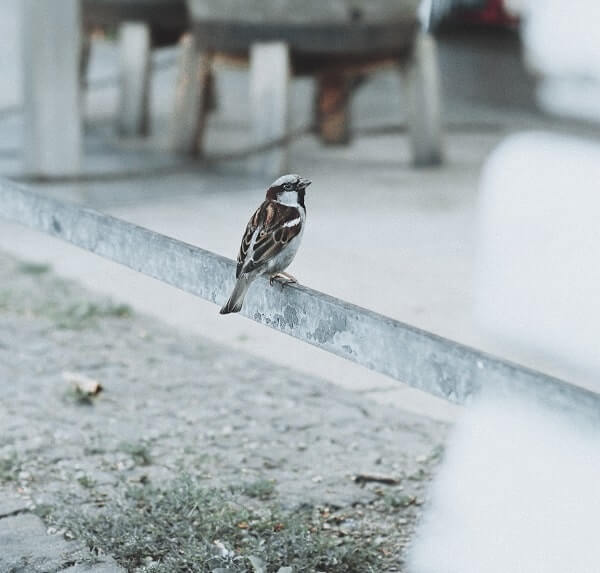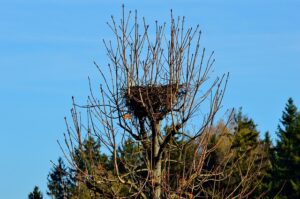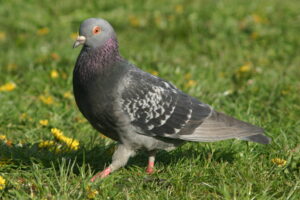The sparrow is a bird of contradictions – to start with this small and friendly-looking species is surprisingly tough and adept at scaring away other birds and dominating garden feeders.
In addition despite being one of the most popular and recognisable birds in the British garden, it is actually in such a state of decline that it has now been red-listed.
The one thing that there is no contradiction about with this bird though is the name House Sparrow as they happily live close to humans and are even happier to share their home.
These factors coupled with a tendency to gather in large numbers and to destroy farming crops have earned this species a pest bird label.
Why are sparrows a pest?
If you make a living growing grain there is a short answer to this: the sparrows eat it.
Likewise businesses that store grain will find a large nearby population of sparrows particularly troublesome. To control sparrows in these environments will mean needing to apply protective measures to deter the sparrow from visiting the area – as well as adding deterrents.
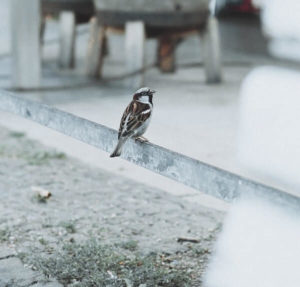

On a domestic level, it is only the manner in which sparrows make you home their home that can cause a problem.
House sparrows like to make their homes in the eaves of the roof – or even underneath tiles. Wherever there is space to squeeze in and make the most of the shelter, sparrows can make themselves at home.
While this is not necessarily a problem in itself, sparrows nesting in your roof could result in the following:
Damage to tiles – this is not usually an issue given their size but there is the potential that nesting sparrows could dislodge roof tiles.
Unhygienic waste – Sparrows can return to the same nesting spot year after year building new nests. Many sparrow chicks fail to survive so there is the potential for decaying chicks and eggs to remain in the old nests.
Bird faeces – As always a major problem with pest birds is faeces, which can carry disease. This could be a problem around the area where the nest is (in the roof itself) or outside on the house walls/ pathways.
Insects – The material sparrows use to build their nests can contain insects, which can then find their way into loft areas and cause further problems.
What can you do about sparrows nesting in your roof?
It is against the law to disturb nesting birds, and as sparrows are red-listed their protection is particularly important.
If you are worried about the impact of sparrows nesting in your roof you will need to wait until the end of the nesting season to take action – this is likely to be the autumn.
After establishing that the nest is indeed empty you can remove any debris and seal up small holes that the sparrows use to gain access.
It is advisable to seek expert bird control advice to avoid potential legal pitfalls if the nest is still in use and to ensure that area is cleared in a safe manner.
For help on all pest bird control issues please contact Total Bird Control.
What attracts house sparrows to urban areas?
The house sparrow, Passer domesticus are competitive and fierce birds when it comes to making and keeping a home. They leave no chance for other birds to build a nest around their nests and easily multiply. A male house sparrow is known to fiercely defend a nest to keep off other bird species. Both the female and male house sparrow and can attack other species attempting to nest within their territory and can go to the extremes of destroying eggs, killing nestlings and females that are incubating eggs. A house sparrow pair usually stays alive together for four to five years
House sparrows can be seen in urban areas dust bathing and nestling because they enjoy the perfect habitat that humans provide. Shelter and food made available in urban areas and buildings attract house sparrows and make it an ideal place to nest. Grain, seeds, and discarded food from homes and shops make sparrows feel right at home alongside human residential areas. Their nest locations include ventilation, nest boxes, or roofs.
The house sparrow can be widely recognised by humans in most parts of the world though not part of native birds in all countries. Female sparrows and young ones are recognised for their pale brown and grey colour while mature males have bright black, white, and brown marking. But the house sparrow, passer domesticus is also known for its change in colour during seasons. The bill and breast of the sparrow are black in summer and in winter the bill is yellow and the breast yellow. The birds are red-listed in Britain but are considered a threat to native species of birds in North America where they were first imported to in the late 1850s from England according to history books.
House Sparrows Nesting Habits
A sparrow’s nest is used throughout the year and remains useable for many years. In summer and spring, the nests are used to raise young sparrows until they are ready to find a nest of their own. While in fall or winter the nest is used for resting. Sparrows nest in hollows, vents and can also take over other birds nests.
How house sparrows nest
House sparrows build their nests from dried grass, straw or other coarse vegetation which they stuff into the area they have chosen for nestling and then feathers, paper, lining, and other finer materials are then added to the nests. These nests can be reused for the different season if they are not free-standing nests.
A sparrow pair will remain faithfully together for the entire period of their life unless a mate is lost. Nesting season usually begins in April and will run until August, although nesting can continue in other months.
How long do house sparrows nest?
Young sparrows will remain in their nest between 14 and 16 days but can be extended their stay to 23 days varying on circumstances like the season. Sparrow parents share nesting duties that involving feeding the young ones caterpillars, grasshoppers and other small insects.
